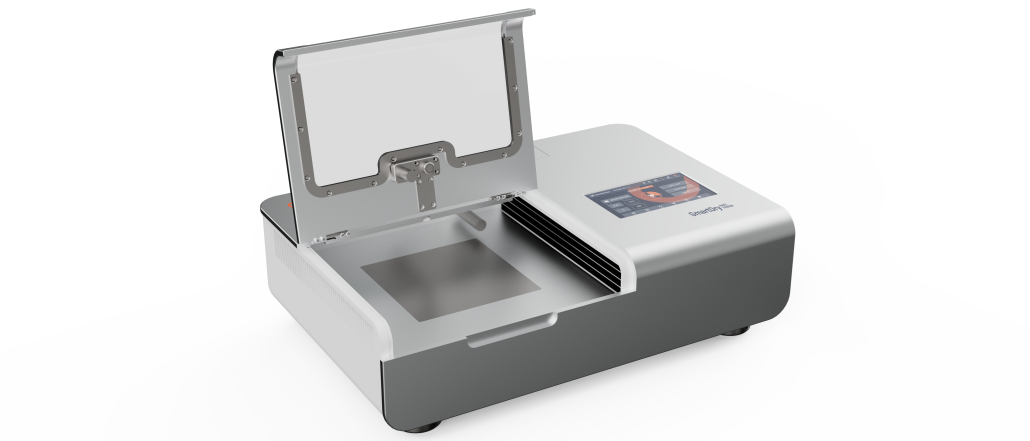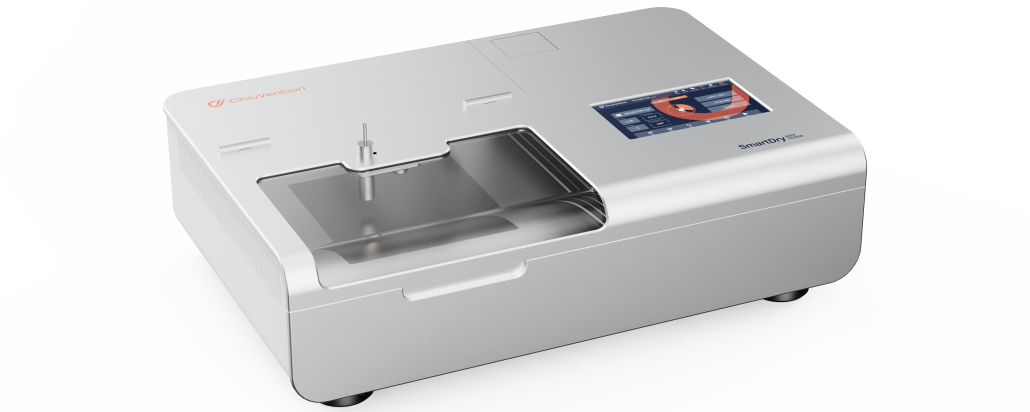The drying rate of performance textiles is usually defined as the ability of a fabric to dry quickly by air circulation or other means after absorbing moisture in a humid environment. This indicator is often used to measure the moisture absorption and quick drying performance of fabrics to keep the wearer dry and comfortable. Common quick-drying fabrics will absorb moisture and dry quickly. They will also let sweat escape quickly. Under the same external conditions, the drying rate of quick-drying clothes is about 50% faster than that of ordinary cotton fabrics, so in the case of sports or outdoor activities, wearing moisture wicking quick-drying clothes is more comfortable than ordinary cotton fabrics.
Drying rate test method AATCC TM201 determines the drying rate of a fabric when exposed to a predetermined volume of water, in contact with a heating plate at a temperature of 37 ° C (90 ° F), 37 ° C, that is, the human body began to sweat the surface temperature of the skin, the method applies to all types of fabrics, including knits, wovens, and non-woven fabrics, as well as fabrics from the end-products of the project (knits, wovens, and non-wovens, and non-woven fabrics). wovens,and non-wovens,as well as to fabrics taken from end product items).
This article not only introduces the AATCC TM201 test method, but also introduces the corresponding national standards and ISO standards to make a simple comparison.
About the principle and description of drying rate test
1. According to the fabric to maintain a constant temperature (simulated human body temperature of 37 ℃) of the surface of the heated metal plate and the specified amount of water in contact with the evaporation rate to determine the drying rate of the fabric.
2. The researchers carry out the test in the controlled laboratory temperature and relative humidity. To compare results, you must use the same conditions even if conducting the test under different conditions.
3. Researchers conduct the test using a specific amount of water, although they can use varying amounts, but they must take care to prevent the water from reaching the edge of the test sample. If water migrates to the edge of the sample, it is necessary to increase the size of the sample or reduce the volume and repeat the test with a new sample. Additionally, when comparing results, testers must use the same amount of water for the drying test.
4. This method can detect water evaporation as long as the fabric’s moisture vapour transmission rate exceeds 5,000 g/m2/day (refer to section 14.1 of method B1 of JISL1099). You can also use the method to test multi-layer composite fabrics.
5. To test fabrics in socks, cut open the sock and place the inside of the sock in contact with a heating plate to simulate the interaction between the fabric and human skin.
Related terms
moisture management
A property of a textile fabric that controls or enhances the rate of absorption and evaporation of perspiration.
Drying rate
The change in volume of liquid evaporating from a textile per unit of time.
Note: Drying rate depends on textile construction, fibre content, garment construction, surface finish, test environment and volumetric challenge of the liquid.
Drying time
The time required for a textile to evaporate a given amount of liquid under controlled test conditions.
Note: In this dry test method the amount of water is constant between tests. The analyzer and the chamber control the test conditions.
End time
The time at which the temperature turns between the steepest slope and the flat part of the temperature-time curve.
Start time
Time when someone adds water to the sample
Test Procedure
1. Pretreatment
Before dry testing, we humidified the samples according to ASTM D1776. The sample is placed in an atmosphere with a temperature of 21±2°C (70±4°F) and a humidity of 65±5% RH for at least 4 hours.
2.Sampling
2.1 Cut three specimens (15.0×15.0±0.5 cm) from the left-centre-right area of each fabric sample
2.2If testing garments or final products, take specimens from different parts, such as sleeves, back and front.
2.3If testing socks or hosiery, please cut the specimen along the longitudinal direction and test each unique structure, if the size is smaller than the standard size, you can reduce the amount of test water.
3.Testing steps
3.1Open the flexible heater and fan thermostat, so that the instrument temperature stabilised at 37 ± 1 ° C (99 Shi 2 ° F).
3.2 Use an anemometer to confirm the airflow on the plate is 1.5±0.5 m/s. Measure the air flow directly behind the infrared thermocouple probe.
3.3 Place the specimen on the dry rate tester for five minutes to equilibrate the specimen with the temperature of the instrument, with the side of the specimen near the skin on the surface of the instrument. Secure the upper edge of the specimen (the side closest to the fan of the metal plate) with a strip.
3.4 Place the infrared thermocouple probe in the middle of the specimen, 1.0±0.1cm above the specimen. It is helpful to have a mark on the metal plate that is in the centre of the infrared thermocouple probe’s field of view.
3.5Start the recorder, lift the free side of the specimen (opposite side of the magnetic strip) and apply 0.200 + 0.003 mL of water placed under the plate under the dedicated infrared thermocouple probe. Someone allowed the sample to cover the water droplets. The start time is the time the sample is in contact with the water.
3.6View the sample to determine the distribution of core suction created by the water. Verify that the water does not wick to the edge of the sample. If the water does wick to the edge of the sample, then use a larger sample or reduce the volume.
3.7Collect and record the temperature at one second intervals until the temperature returns to the initial temperature. Repeat the test on other samples.
Other Test Standards
In addition to the AATCC TM201 method, there are also the national standard GBT 38473-2020 Textiles Determination of drying rate in dynamicstate by the modified quick drying tester method and the international standard (ISO 13029:2012,Textiles-Determination of drying rate in dynamicstate by the Textiles-Determination of drying rate in dynamicstate by the modified sweating-guarded hotplate, MOD).
The main difference is that the national standard uses 5ml of water, the temperature of the test plate and the air is 35℃, the relative humidity is 40%, the air flow rate is 1m/s, and the other test calculation methods are basically the same.
Summary and Evaluation
High drying rate fabric need to consider a variety of factors when designing and manufacturing, including the moisture absorption, moisture conductivity and drying rate of the fibre. The following are some common high drying rate fabric materials and their characteristics:
Polyester:
Polyester is a synthetic fibre with good abrasion resistance and elasticity.
Special processing methods can improve its moisture absorption and moisture conductivity, even though it does not easily absorb water.
Polyester fabrics dry quickly and are suitable for making quick-drying clothes.
Nylon:
Nylon is also a synthetic fibre with high strength and abrasion resistance.
It is softer than polyester, but less moisture-wicking.
Adding moisture-absorbing additives or using special fiber structures can improve the moisture absorption and drying properties of nylon.
Polyester Fibre:
Polyester fibre is another name for polyester and has similar properties.
It can be optimised for moisture absorption and drying properties by different processing methods and fibre structure design.
Polyester-cotton:
Polyester-cotton is a blend of polyester and cotton, combining the benefits of both.
Polyester provides abrasion resistance and drying speed, while cotton provides softness and moisture absorption.
Polyester-cotton fabrics perform better in terms of moisture wicking and drying properties, making them suitable for everyday wear.
Spandex:
Spandex is an elastic fibre commonly used for tight-fitting garments and sportswear.
It has high elasticity and recovery, but poor moisture-wicking properties.
Spandex is often blended with other fibres to improve the overall moisture wicking and drying properties of the fabric.
When selecting fabrics, you can choose the right fibre combination and processing method based on actual test data and specific needs to create fabrics with high drying rate that meet the requirements.
For more information on textile testing methods/standards
or textile testing machines, contact us:
What’s App: +86 180 2511 4082
Tel: +86 769 2329 4842
Fax: +86 769 2329 4860
Email: medium@chiuvention.com



